Locations
1585 to 1608 of 5439 results
-
Watervillapark Idskenhuizen - Freonskip
Watervillapark Idskenhuizen - Freonskip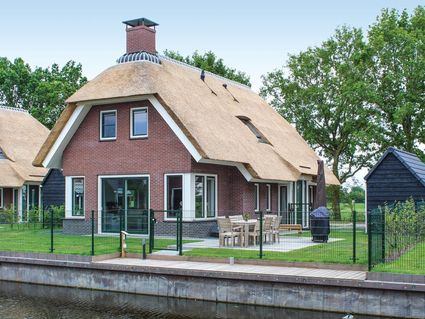 Idskenhuizen
Idskenhuizen
Direct boekbaar
from your location
-
Electrabel centrale
Electrabel centrale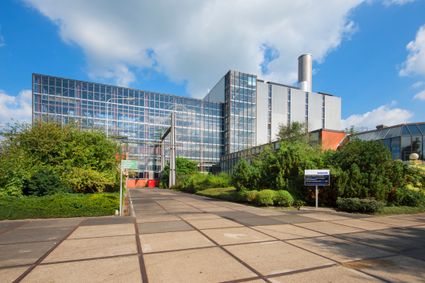 Burgum
Burgum
from your location
-
Ried: bodemdaling
-


Accept cookies to see this content.
-

-
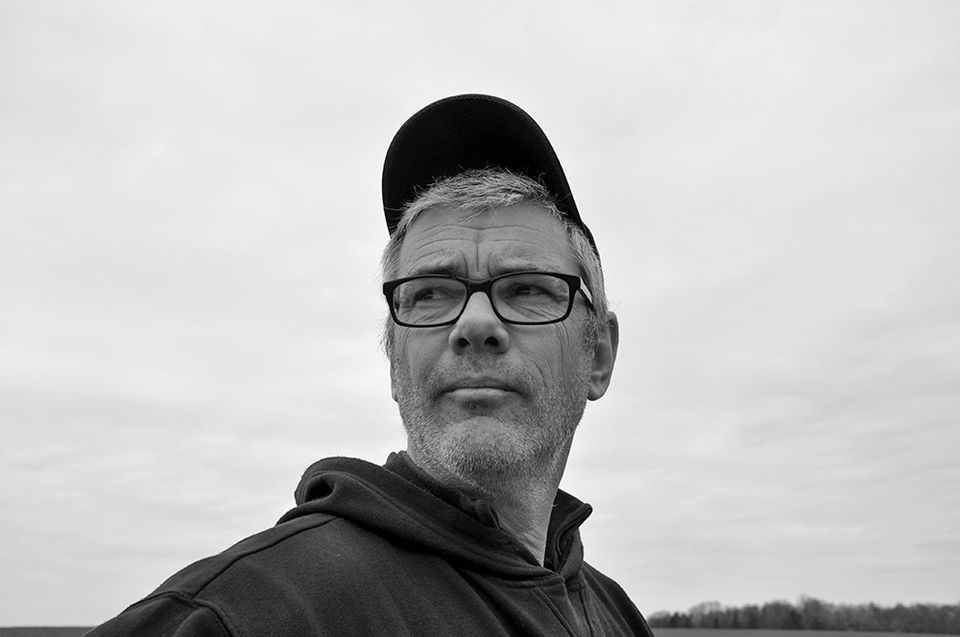
Ried: bodemdaling
(beluister hier het audioverhaal)
Met het blote oog is het moeilijk te zien, maar de bodem van deze omgeving ligt laag. Op sommige plekken, zoals hier bij het dorpje Ried, gaat het om een paar centimeter, maar er zijn in de buurt kommen die wel 30 centimeter lager liggen dan twintig jaar geleden.
Die bodemdaling is een belangrijke reden dat er een nieuw gemaal komt, dat het witte gemaal dat je verderop aan de Rie ziet liggen zal vervangen. Zowel de oude als de nieuwe kunnen 140 kubieke meter water per minuut naar hoger gelegen gebieden afvoeren bij hoge waterstanden. Ook doet het gemaal dienst bij stortbuien, die steeds vaker voorkomen.
Het gemaal, dat hier in de jaren zeventig van de vorig eeuw kwam, heet ‘De Mieden’. Een toepasselijke naam, want dit Friese woord betekent een laaggelegen land aan de rand van het dorp, land dat alleen gebruikt kon worden om van gras hooi te maken en aan het vee te geven.
Een jaar of vijf geleden bleek renovatie van het gemaal nodig, maar dat bleek lastig, omdat de vijzels diep genoeg moeten zijn als de bodem nog verder zakt. Daarom besloot Wetterskip Fryslân om een hele nieuwe te laten maken, die ook op verdere bodemdaling is berekend.
Hoe het komt dat de bodem is gedaald? Zout- en gaswinning. Vanaf 2004 is op een handvol locaties hier in de omgeving namelijk gas uit de bodem gewonnen. Toen bleek dat de bodem meer daalde dan was verwacht, is daarmee gestopt. Bij Tzummarum en Sexbierum is lange tijd zout uit de bodem gehaald, maar nu wordt overgestapt op winning uit de bodem van de Waddenzee. De bedrijven die de stoffen winnen, Vermillion en Frisia Zout, betalen mee aan gemalen als deze om de waterhuishouding te regelen.
Ingesproken door:
Beeldend kunstenaar Rob Sweere zit al sinds 1989 in het vak. Hij werkt met permanente monumentale installaties in de publieke ruimte en maakt tijdelijke installaties voor tentoonstellingen en festivals. Wereldwijd werkt Rob met groepen mensen.
Zo heeft hij Joop Mulder leren kennen tijdens Oerol. “Joop dacht op een schaal waarop ik zelf ook graag denk, maar die in de visie van anderen niet of weinig voorkomt. Samen met Joop kon je echt tot de max denken. Hij was niet bang en gaf vertrouwen. Jammer dat velen in onze omgeving niet zo onbevangen durven te dromen en ervoor te gaan. Ik zal Joop missen als dromer en als reisgenoot in deze maatschappij.”
Dit verhaal is onderdeel van de route Gemalen Verhalen van Sense of Place Ried
Ried
from your location
-
-
Noorderkerkzaal
Noorderkerkzaal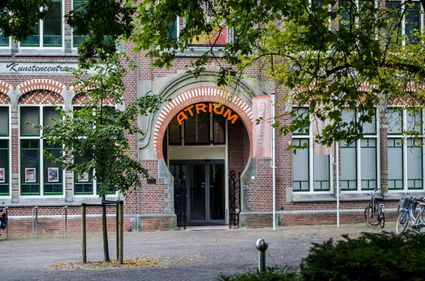 Sneek
Sneek
from your location
-
Boerderij Kleurrijk, wonen, werk & vertier
Boerderij Kleurrijk, wonen, werk & vertier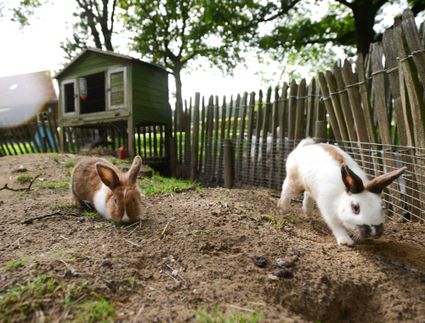 Oudemirdum
Oudemirdum
from your location
-
Manege Gaasterland
Manege Gaasterland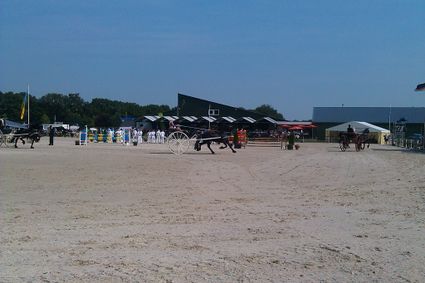 Harich
Harich
from your location
-
Zweins
Zweins Zweins
Zweins
from your location
-
De Boot van Toen
De Boot van Toen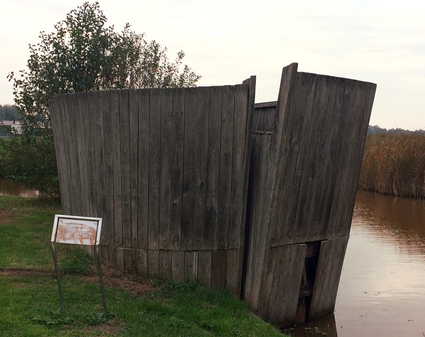 Hurdegaryp
Hurdegaryp
from your location
-
Grachtenrondvaart Sneek
Grachtenrondvaart Sneek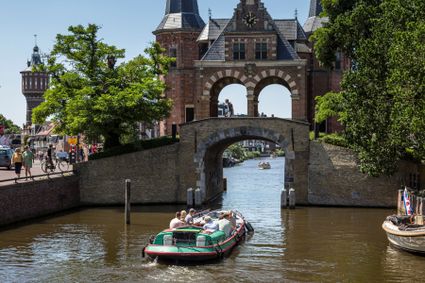 Sneek
Sneek
Direct boekbaar
from your location
-
Pean - Waterlodge Iisfugel
Pean - Waterlodge Iisfugel Nes-Akkrum
Nes-Akkrum
Direct boekbaar
from your location
-
Post-Plaza Grand Café
Post-Plaza Grand Café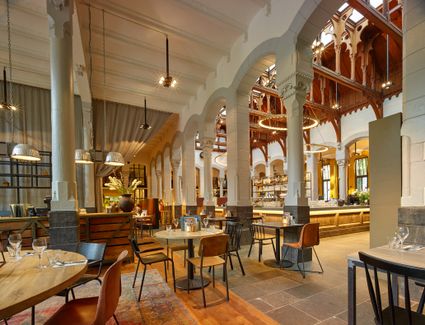 Leeuwarden
Leeuwarden
from your location
-
It Griene Libben
It Griene Libben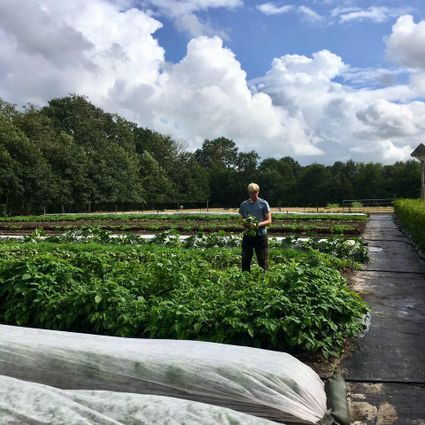 Noardburgum
Noardburgum
from your location
-
Attack on the port of Oostmahorn
Attack on the port of Oostmahorn
The liberation of the north-eastern part of Friesland was not achieved without a struggle. The Dutch Domestic Armed Forces (NBS) and Canadian troops fought fierce battles, partly side by side. It was mainly occupiers fleeing in panic who caused fights and shootings that claimed victims on both sides. A fierce battle was also fought over the port of Oostmahorn.
After the liberation of Dokkum, Kollum and Dokkumer Nieuwe Zijlen, the attention of the Canadian troops turned to the port of Oostmahorn. It was the gateway to the island of Schiermonnikoog, which was part of the German defence line, the Atlantic Wall. This bulwark ran along the coasts of France to Norway. During the war, and extensive occupying force was stationed on the Wadden Island.
The village of Oostmahorn was "relieved" by the Dutch Domestic Armed Forces (NBS) on Saturday, 14 April, after the German Grenzschutz (border control) left in silence for Schiermonnikoog. Meanwhile, a group of more than a hundred fleeing SS and SD men and a dozen women crossed the Lauwerszee from Groningen near Zoutkamp with three boats to the island. A number of them were high-ranking SD members of the infamous Scholtenhuis in Groningen. When the NBS saw them sailing past from the port of Oostmahorn, shots were fired back and forth.
The German occupying forces on Schiermonnikoog then wanted to take revenge. The village and the port of Oostmahorn were attacked from the island for two hours on Monday, 16 April. A convoy of three Dutch boats left for the port with the aim of landing there. Meanwhile, the help of the B-Squadron of the Royal Canadian Dragoons (1st Armoured Carrier Regiment) in Dokkum had been called in. The attack was narrowly repelled, but two Canadian soldiers from a reconnaissance group were killed. A defence line of foxholes and armoured vehicles was erected around the village.
Further reinforcements were called in that day from Leeuwarden, where C Company of the North Nova Scotia Highlanders were sent to the coastal strip to patrol for German landing attempts.
After a brief but heavy shelling from the Canadians as a warning, a mediator was sent to the island the next day. The highest-ranking SD officer refused to surrender. They were waiting for an escape with a Schnell boat that was to take them to the German Wadden island of Borkum on 3 May. That turned out to be in vain, but in the meantime they kept the island occupied, even after the general capitulation of the whole of the Netherlands on 5 May.It was not until 11 June that two boats, the MS Waddenzee and the MS Brakzand, transported the last occupiers of Schiermonnikoog to the port of Oostmahorn. A column of army trucks packed with prisoners of war left the port under the guard of the Allies. From there they went to the POW camp in Beerta (Groningen).
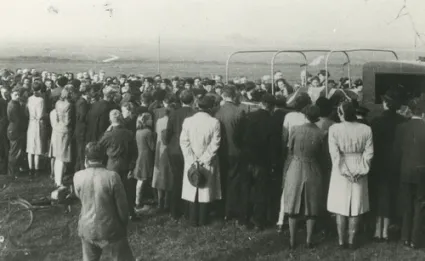 Eanjum
Eanjum
from your location
-
-
Houtzaagmolen de Rat
Houtzaagmolen de Rat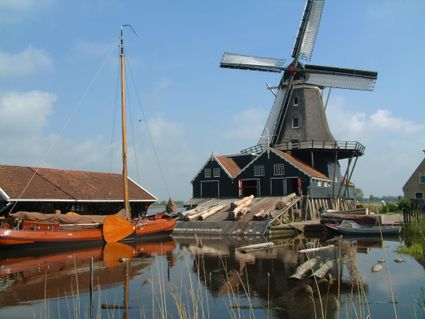 IJlst
IJlst
from your location
-
Activiteitencentrum Lauwersnest
Activiteitencentrum Lauwersnest Lauwersoog
Lauwersoog
from your location
-
B&B Lutjelollum
B&B Lutjelollum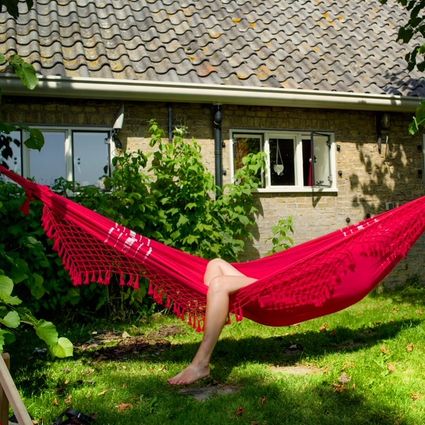 franeker
franeker
from your location
-
De Burgemeester van Napels
De Burgemeester van Napels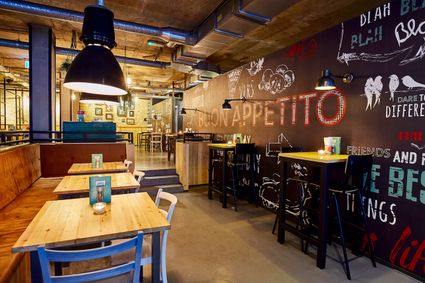 Leeuwarden
Leeuwarden
from your location
-
Elektrosloep Fryslân (Burdaard)
Elektrosloep Fryslân (Burdaard)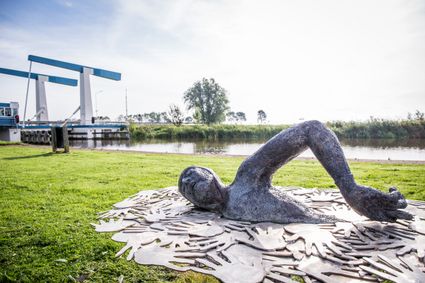 Burdaard
Burdaard
from your location
-
Camping de Kleine Wielen
Camping de Kleine Wielen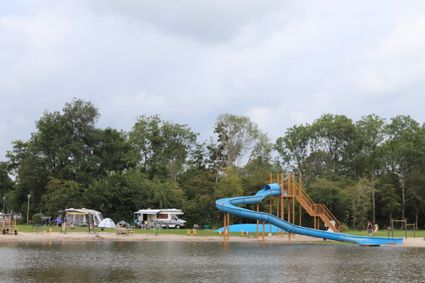 Leeuwarden
Leeuwarden
from your location
-
The liberation of Leeuwarden
The liberation of Leeuwarden
On 11 April 1945, it became clear that German resistance in the north of the Netherlands was limited. On 12 April, the Allies seized this opportunity to advance on Friesland as quickly as possible. One of the main goals was to liberate Leeuwarden. The 9th Canadian Infantry Brigade was designated for this purpose. But things would turn out differently.
On 12 April, the Royal Canadian Dragoons entered Friesland at Noordwolde. They were to conduct reconnaissance with their armoured vehicles and reach the Wadden Sea as quickly as possible. As a result, the German troops in Friesland and Groningen would be separated.
On the night of 14 to 15 April, three Squadrons of the Dragoons were at Suameer. Burgum could not be reached earlier that day, because the bridge at Burgummerdam had been blown up by the Germans.
Meanwhile, all sorts of things were happening in nearby Leeuwarden. On 12 April, the airfield had been blown up by the Germans. And they left the city on 14 April. Leeuwarden would not be defended. The Burgerweeshuis (Civil Orphanage) that had housed several German agencies was set on fire. An attempt to blow up the telephone exchange failed due to an ingenious intervention by the resistance. In the early morning of 15 April, the resistance also took to the streets en masse to occupy important points and to capture Germans who had remained behind.
The Dragoons in Suameer were in contact with the resistance in Leeuwarden. Due to various reports, it was unclear whether there was now heavy fighting in Leeuwarden or whether the Germans had left the city completely. Because the Germans had blown up important bridges on the route from Heerenveen to Leeuwarden, the infantry could not quickly provide assistance.
So, the Dragoons went to take a look for themselves. Initially, a patrol of four vehicles was sent via the Groningerstraatweg into the city around half past eleven. One of the Canadians in those vehicles recorded the following:
"As we entered the city, passing through the concrete barrier by the narrow passageway left for normal traffic, we were met by an almost hysterical patrol of Resistance men [...] In a few moments the news of our arrival had spread through the city, and we were given a fantastic welcome as we rolled slowly forward into the centre of town."A resident of Leeuwarden recalled:
"We lived close to the Groningerstraatweg, where our liberators passed. Many hundreds of us stood there, all happy spectators. All of a sudden, two ladies from the row flung themselves forward and threw their arms around the Canadians' necks, saying: "Oh darlings, you’re here at last!"After the patrol determined that the coast was clear, the entire C Squadron, a detachment of the Royal Canadian Engineers and Regimental Headquarters of Lieutenant-Colonel Landell followed. Leeuwarden had been liberated. After this, thousands took to the streets. One of the Canadians wrote:
"We halted, and were immediately surrounded by laughing, yelling mobs of people, bringing flowers to give to us, and cheering every move. The Resistance men were everywhere, doing their best to keep the people within bounds and off the cars, but their efforts were hardly necessary. I never saw a more satisfying gathering in my life."Leeuwarden had been liberated by the Dragoons through unexpected circumstances. On the night of 15 to 16 April, Canadian infantry moved into the city.
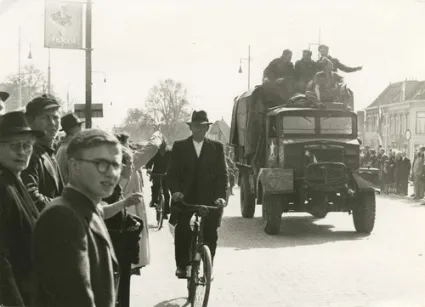 Leeuwarden
Leeuwarden
from your location
-
-
E-bike oplaadpunt Stavoren
E-bike oplaadpunt Stavoren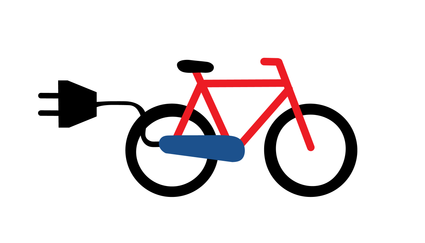 Stavoren
Stavoren
from your location
-
Beach Resorts Makkum - Solo 4 personen
Beach Resorts Makkum - Solo 4 personen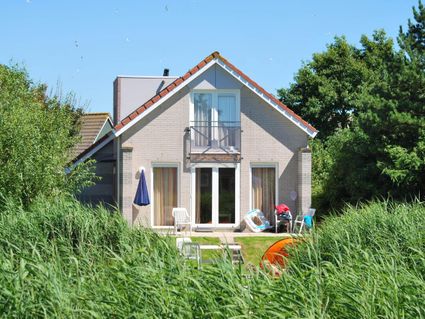 Makkum
Makkum
Direct boekbaar
from your location
-
Wolvega (Wolvegea)
Wolvega (Wolvegea)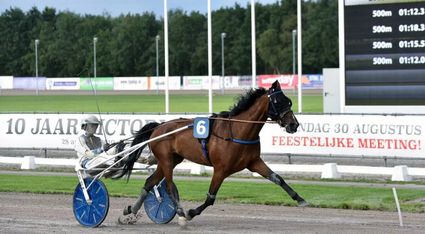 Wolvega
Wolvega
from your location
-
De Hege Grezen near Oudemirdum
De Hege Grezen near Oudemirdum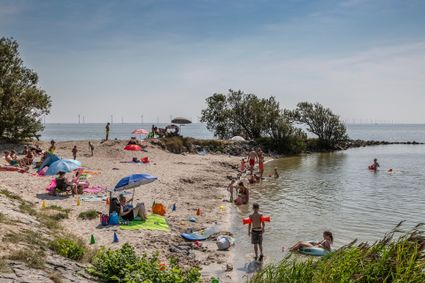 Oudemirdum
Oudemirdum
from your location

